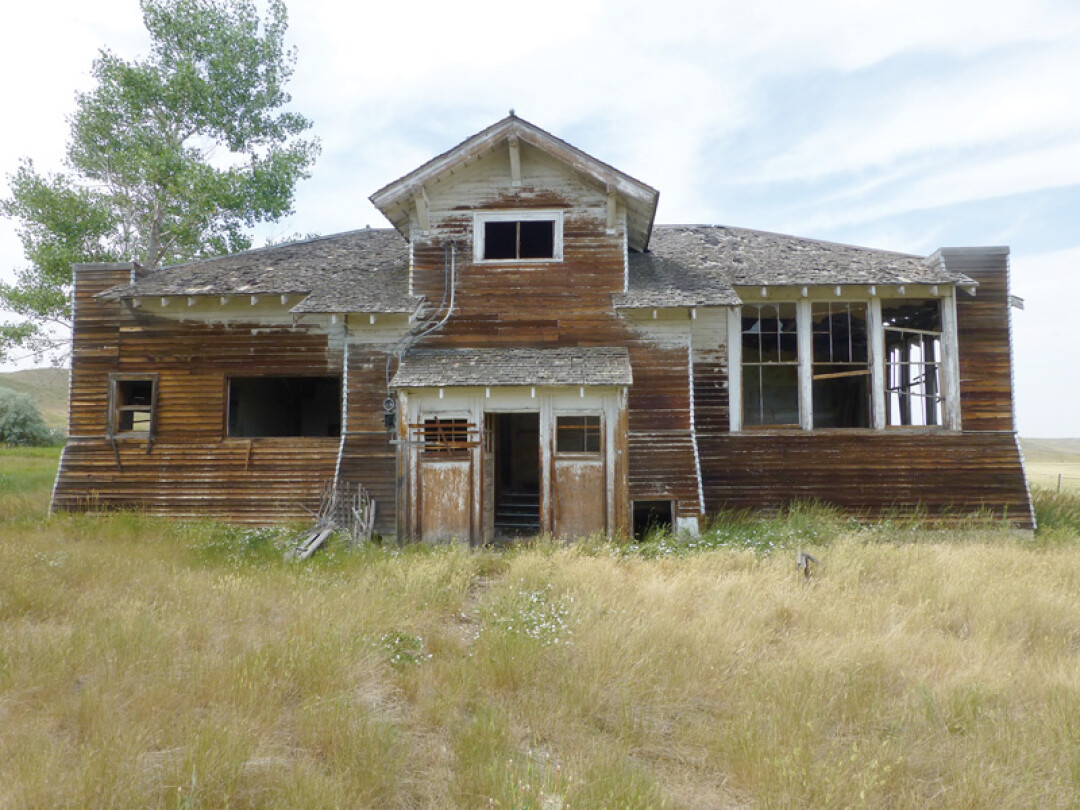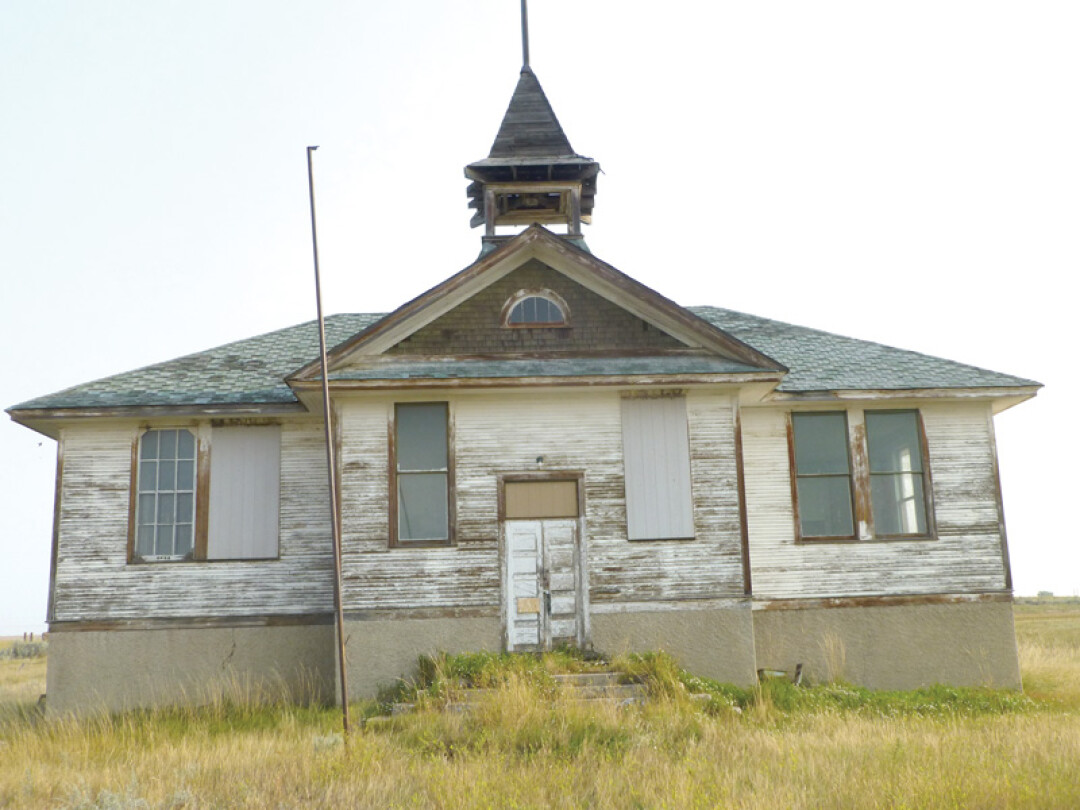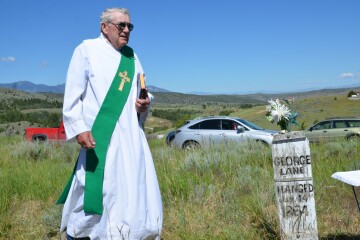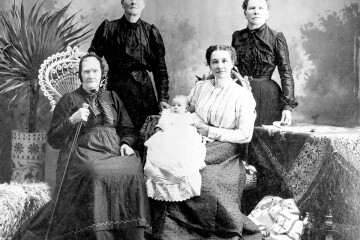Historic Rural Schoolhouses At Risk
Montana is well known for its breathtaking mountain views, majestic lakes, and vast expanses of open prairie, but an ongoing study is honing in on a particular type of building often seen within those iconic landscapes – the country schoolhouse. At one time, there were an estimated 2,600 rural schools in Montana. Beginning with the creation of missions and mining camps, schoolhouses became essential community institutions; during the era of statehood and homesteading, they multiplied quickly. Today, Montana has more one- and two-room schools still in operation than any other state – nearly 90 at last count. Those still in operation are in good shape, but many more historic schoolhouses are vacant or boarded, and in urgent need of care and upkeep. Unless painting, roofing, and repairs are done, these schools will be lost, erasing an essential part of Montana’s heritage.
That’s why the Montana Preservation Alliance (MPA) launched the Big Sky Schoolhouse Survey in 2015, a comprehensive statewide architectural survey and evaluation of Montana’s historic rural one- and two-room schoolhouses. For the past 3 years, with help from interns and volunteers, MPA has been compiling historical and geographical information on schoolhouses in each county.
Work often begins for MPA in the office of the county superintendent of schools. Not only can they provide a list of current one- and two-room schools, but they are often familiar with (or have a record of) schools that are no longer active. Local historical societies are also a gold mine of information regarding long forgotten schools and even entire towns. For example, Lennep in Meagher County no longer is an active school district, but boasts a beautifully maintained schoolhouse which was active until 2014.
Information can also be passed down through county history books, or the scattered publications focusing on the schools of a given county or town. Oral histories have also been particularly helpful to the MPA. One such record was taken from a woman in White Sulphur Springs just last fall to better report on the Canton School of Broadwater County. They feel that it is particularly effective when locals step forward to complete a survey of their own county given that they are familiar with the area, many of the owners, and might already have an understanding of where some of the schools are located.
Once the existence and location of a school have been confirmed with the landowner, the actual documentation process can begin. This is by far the most exciting portion of the work for many volunteers and interns. With a clipboard and camera in hand, the physical documentation process begins. In places like Mineral County, the work was fairly simple, consisting of only a few schools located for the most part along the I-190 corridor. In other larger counties though, like Phillips and Blaine, the route to each individual school was often miles down a dirt road with nothing but a GPS and intuition to find these rural buildings. Regardless, there are often informed locals in the area who recognize the schoolhouse name and have a story all their own to share.
Once the proper documentation forms have been filled out and photos have been taken, volunteers write a brief description of the school’s history. This includes a history of the building itself as well as a greater contextual history of the location and wider significance. All of this information is then placed in a comprehensive database to hold information for each schoolhouse, which eventually will be available for researchers to use online. Ultimately, the goal after locating and documenting the schoolhouses in every county will be to actively encourage stabilization of those most threatened.
The Lennep School, and similarly well-preserved schoolhouses are ideal options for community revitalization projects and can offer much-needed space for expansion without negatively impacting the historic character of a given town or city. Museums are another great alternative for these valuable structures. The Little Red Schoolhouse of Lewis and Clark County, once known as the College Place school, has found a great deal of success in marketing itself as a museum for elementary children and as a wedding venue. The McGirva School in Butte-Silver Bow County is part of the larger World Museum of Mining northwest of downtown Butte, which replicates an entire mining town and showcases the important role an educational institute played at the turn of the century. Not all schoolhouses can be museums or community centers. Many schoolhouses are popping up as vacation rentals. Just search for schoolhouses in VRBO.com or Airbnb.com and see the remote and beautiful chalkboard charmers out there for rent. The uses for schoolhouses are endless and can bring tourism traffic and economic development to Montana’s most rural areas.
They inspire us, they educate us, and they have many years of service left to give. The schoolhouses of the bygone era were designed to be reborn and the MPA is excited about their future potential. Funding is available once a year in December from the Montana History Foundation for all types of historic buildings. Grants for up to $5000 can be used for brick and mortar projects. For more information, visit mthistory.org/grants.
Volunteers Needed
To date, MPA has completed or is in progress with an inventory of schoolhouses in 22 counties, mostly located in Western and Central Montana. Much help is needed to complete the project, and volunteers with adequate time for field work are needed in Bozeman, Missoula, and Billings. Because the MPA offices are located in Helena, they are particularly interested in volunteers who would be interested in surveying the counties of Eastern Montana. Research and fieldwork training is provided for volunteers by MPA staff, and it’s a wonderful way for members of the community to learn more about their local heritage. If you would like to volunteer to document or research schoolhouses, or if you have information to share about a historic rural schoolhouse, please contact Madeline Westrom at madeline@preservemontana.org or call 406-457-2822.
The Montana Preservation Alliance is a statewide nonprofit organization working since 1987, through advocacy and educational programs, to save and protect Montana’s historic places, traditional landscapes, and cultural heritage. Visit PreserveMontana.org for details.


